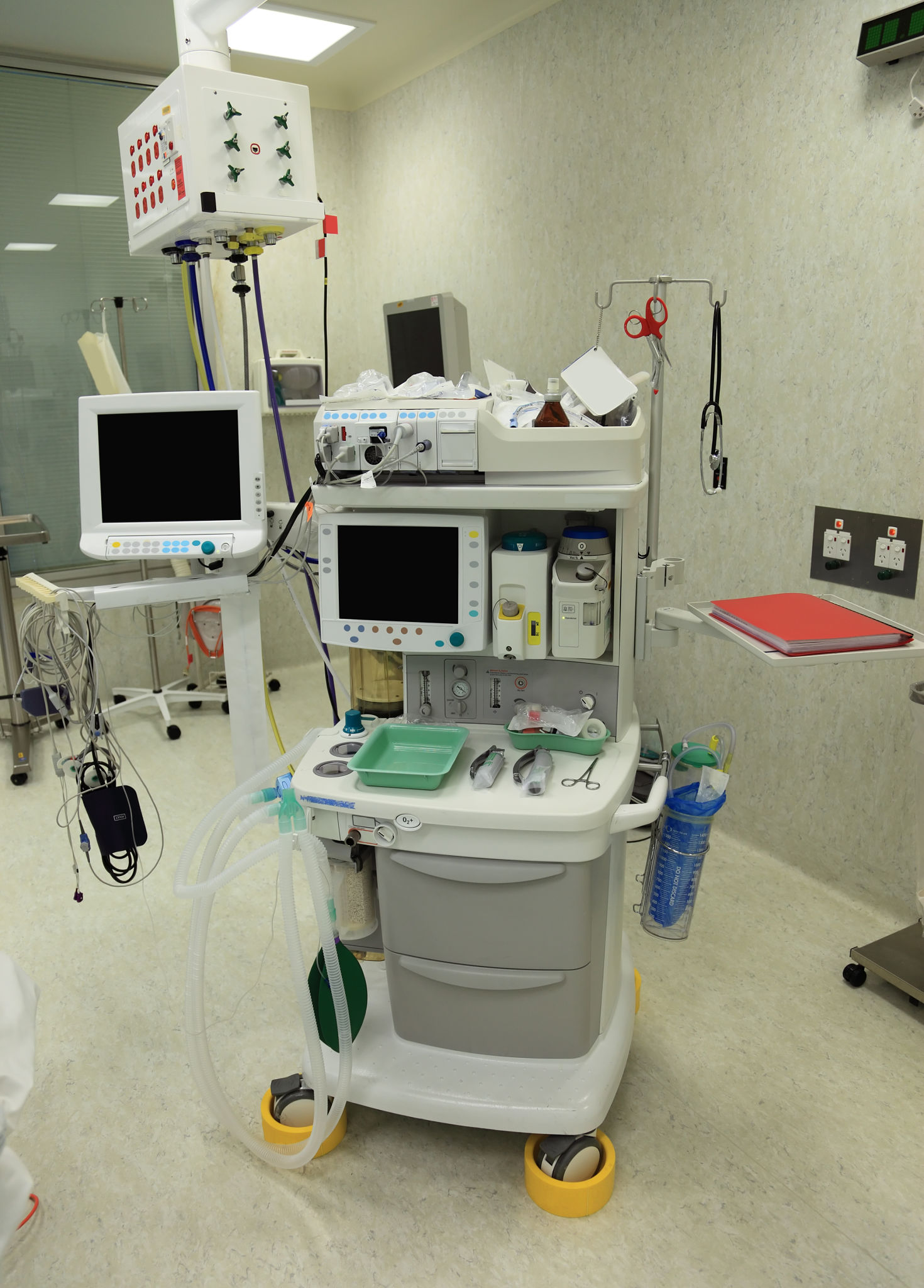How High Purity Noble Gases Impact the Medical Field
Introduction to Noble Gases in Medicine
The medical field is continually evolving, with new technologies and materials enhancing diagnostic and therapeutic capabilities. Among these advancements, high purity noble gases are playing an increasingly vital role. These gases, which include helium, neon, argon, krypton, xenon, and radon, are known for their chemical inertness and unique physical properties.
In the medical context, these properties translate into significant advantages, particularly in areas such as imaging, anesthesia, and respiratory treatments. Understanding how these high purity noble gases contribute to medical advancements is essential for appreciating their growing impact.

Enhancing Medical Imaging
One of the prominent applications of noble gases is in the field of medical imaging. Xenon, in particular, is utilized in MRI (Magnetic Resonance Imaging) as a contrast agent. Its high atomic number allows it to provide clearer and more detailed images than traditional methods. This capability is crucial for accurate diagnosis and treatment planning.
Additionally, xenon’s ability to dissolve in tissues can improve the visualization of blood flow and organ function. This makes it especially beneficial in brain imaging, where detailed observation is necessary to detect anomalies or monitor conditions such as stroke or tumors.
Revolutionizing Anesthesia
In the realm of anesthesia, high purity noble gases like xenon are gaining attention for their safety and efficacy. Xenon is known for its anesthetic properties without the associated risks of conventional anesthetics. It provides a rapid onset and recovery time, reducing the risks of post-operative complications and improving patient outcomes.

Furthermore, xenon’s minimal impact on cardiovascular stability makes it a preferred choice for patients with underlying heart conditions. Its non-reactive nature means it doesn’t produce toxic metabolites, offering a cleaner alternative to traditional anesthetics.
Applications in Respiratory Therapies
Noble gases also play a role in respiratory medicine. Helium-oxygen mixtures are used to help patients with obstructive airway diseases such as asthma or COPD (Chronic Obstructive Pulmonary Disease). The low density of helium reduces airway resistance, facilitating easier breathing for patients experiencing severe respiratory distress.
This application not only improves patient comfort but also enhances the effectiveness of other respiratory treatments by allowing deeper penetration of medications into the lungs.

Future Prospects and Research
The potential of high purity noble gases in the medical field extends beyond current applications. Ongoing research is exploring new uses, such as xenon’s neuroprotective properties in treating traumatic brain injuries and its potential role in protecting against radiation damage.
As research progresses, we can anticipate further innovations leveraging the unique characteristics of noble gases. This continued exploration could lead to breakthroughs in treatment methodologies and patient care.
Conclusion
High purity noble gases are proving to be invaluable assets in the medical field. Their unique properties offer safer and more effective alternatives to traditional methods across various applications, from imaging to anesthesia and respiratory therapy. As we continue to unlock their potential, these gases are set to revolutionize medical practices and improve patient outcomes dramatically.
The continued exploration and integration of these gases into medical practices highlight the importance of innovation in healthcare. With their growing impact, high purity noble gases are not just components of cutting-edge treatments but are also paving the way for future advancements in medicine.